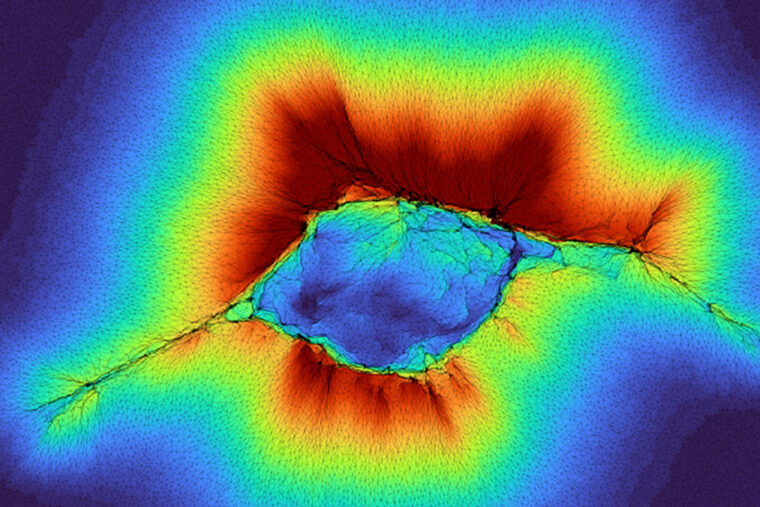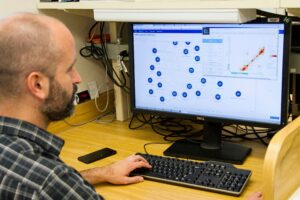
The story of the princess and the pea conjures an image of a highly sensitive royal who can detect a pea beneath a stack of mattresses. In the realm of human biology, a similar sensitivity is found in cancer cells, which can perceive far beyond their immediate surroundings. Recent research reveals that even normal cells can achieve this feat by working together.
Published in the journal Proceedings of the National Academy of Sciences (PNAS), the study from Washington University in St. Louis offers new insights into how cells extend their sensory reach beyond their direct environment. This breakthrough could enhance our understanding of cancer cell migration and identify potential therapeutic targets to halt their spread.
Understanding Depth Mechano-Sensing
Amit Pathak, a professor of mechanical engineering and materials science at the McKelvey School of Engineering, describes “depth mechano-sensing” as the ability of cells to sense beyond their immediate attachments. Previous research by Pathak and his team highlighted that abnormal cells with “high front-rear polarity,” a characteristic of migrating cells, could sense up to 10 microns beyond their adhered environment.
This sensory capability involves the deformation of the surrounding fibrous collagen, enabling the cell to extend into the extracellular matrix (ECM) and “feel” the next layer, whether it’s a hard tumor, soft tissue, or bone. A single abnormal cell can detect the ECM’s stiffness and navigate accordingly.
Collective Cell Sensing: A New Frontier
The latest research indicates that epithelial cells, which form the surface layer of tissues, can collectively sense through fibrous collagen up to 100 microns away. “Because it’s a collective of cells, they are generating higher forces,” explained Pathak, who co-authored the study with PhD student Hongsheng Yu.
Their models reveal that this process occurs in two phases: cell clustering and migration. The sensory feedback from clustering cells influences their subsequent migration and dispersal. This enhanced sensing ability allows cancer cells to escape the tumor environment and evade detection, moving freely even in soft tissues.
Implications for Cancer Treatment
Understanding the mechanisms behind this sensory extension could lead to new cancer therapies. If researchers can identify the regulators that enable this extended sensing range, they could potentially target these regulators to prevent cancer cells from “feeling” their way forward, thereby curbing their spread.
“The extra sensing power of cancer cells means that they can get out of the tumor environment and evade detection,” Pathak noted. “Our next step is to understand how this works and identify potential targets for therapy.”
Future Directions and Research Support
The implications of this research extend beyond cancer treatment, offering insights into cell behavior and tissue engineering. Future studies will focus on identifying the molecular regulators involved in depth mechano-sensing and exploring their potential as therapeutic targets.
This research was funded by the National Institutes of Health (NIH) and the National Science Foundation, highlighting the collaborative effort to advance scientific understanding in this field.
The study, titled “Emergent depth-mechanosensing of epithelial collectives regulates cell clustering and dispersal on layered matrices,” was authored by Hongsheng Yu and Amit Pathak, and published in PNAS on September 11, 2025. The full study can be accessed via DOI: 10.1073/pnas.2423875122.







